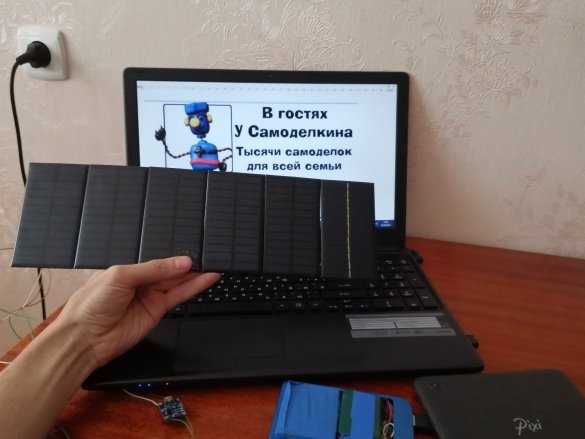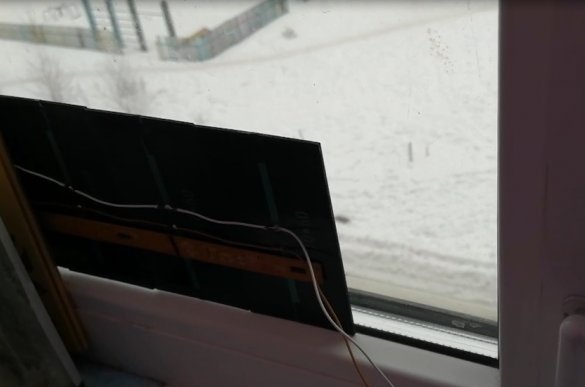This device allows you to charge USB devices from the sun.
Let's see the manufacturing process homemade in the video:
I have been interested in alternative energy for a long time, and the solar panels on the window have been living for several years. Although the entire array of solar panels was composed of elements from calculators and two disassembled Power banks. This first experiment confirmed the viability of the project. It was decided to increase its scale. The whole project was going from what was available. The only solar panels were traded by a friend; they still lay idle with him.
Necessary elements.
6v 1W solar panels in the amount of 6 pcs.
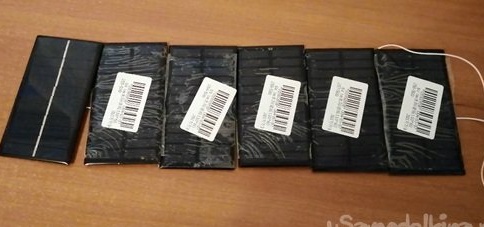
To keep the panels together, I connected it with what it was.
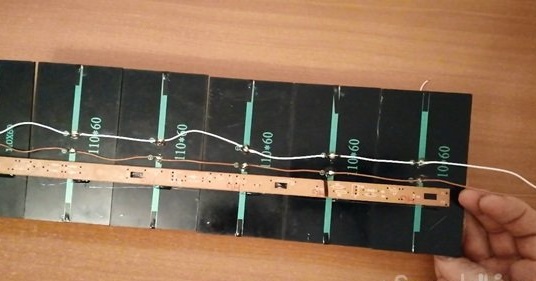
Charge controller Li Ion batteries TP4065.
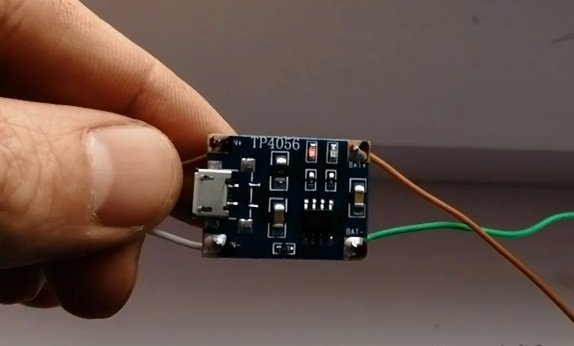
Power bank with USB output 500 mA.
The Power bank itself has been redone earlier. Instead of a native battery, it has 4 batteries from cell phones. The native charger is made on a limiting resistor and a zener diode, so I excluded it. That allowed to reduce losses during generation. And use the TP4065 charge controller. This decision allowed not to install a protective diode on which there will be voltage drops. In this case, TP4065 will fulfill its role.
My balcony is facing the sun, and so there is no frying, the windows are closed with curtains, so I placed the panels directly on the window. Initially, I wanted to place panels on top of the window so as not to interfere, but there is nothing more permanent than temporary. Therefore, they remained standing below.
Which, in principle, does not affect performance. At idle, on my solar panels, the voltage rises to 6.4 V which will be more fully normal for the TP4065 controller. According to the documentation for this controller, the voltage should not exceed 8V, and when the voltage drops below 4.5V, it increases the charge time. The optimal voltage is 5V. Maximum charge current up to 1000 mA. This value is set by a resistor that can be changed. I left mine unchanged.Since you can’t get more current from the panels and the battery capacity allows you to leave it unchanged. The controller implements several linear charge modes. Before charge, charge, before charge and, voltage control on the battery. I decided to connect the panels in parallel. Such a connection will increase the current, and the voltage will not go beyond the permissible values.
The first test was on a cloudy day. But measurements were already pleasing. The voltage on the discharged battery began to rise before our eyes. The first week of operation was all overcast, which did not allow us to fully evaluate all the capabilities of the system. Full charge occurred after 2-3 days. After charging the tablet, I realized that the residual voltage on the batteries becomes low and the controller goes into pre-charge mode. And you have to wait again for 2-3 days. This did not suit me and I decided to add three more batteries. What allowed to increase the accumulated charge capacity. I did not measure the capacity of the batteries, but about 3000 mA can be a little more. In further tests, I picked up what can be safely charged from home Consumer is the Alcatel 9010X tablet and, Fly IQ250. And periodically baby MP3 players and fitness a bracelet. The main phones that I wanted to charge this Power bank could not pull. And so there were thoughts on further changing the mini station. Who liked the article, wait for the continuation.


